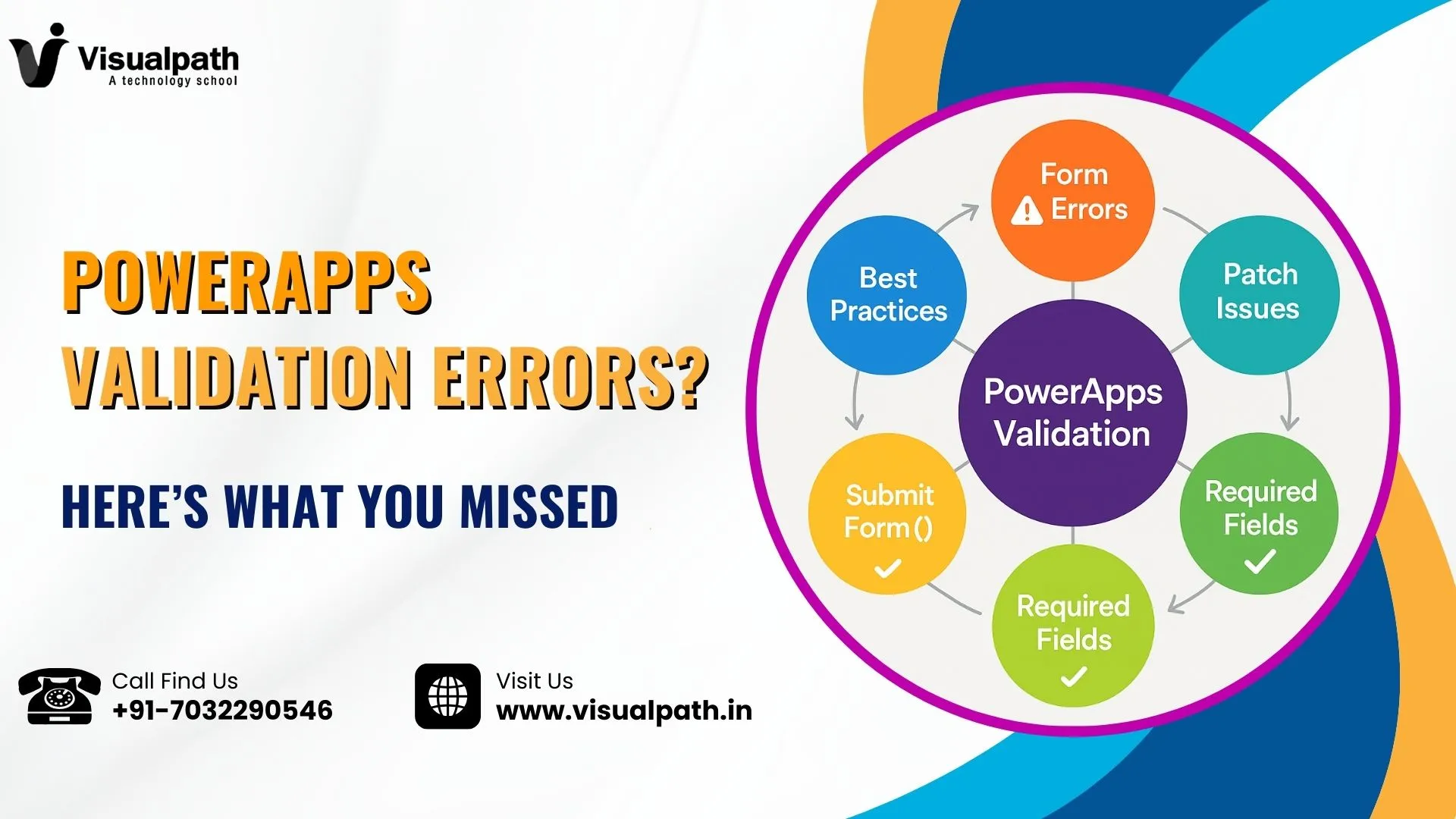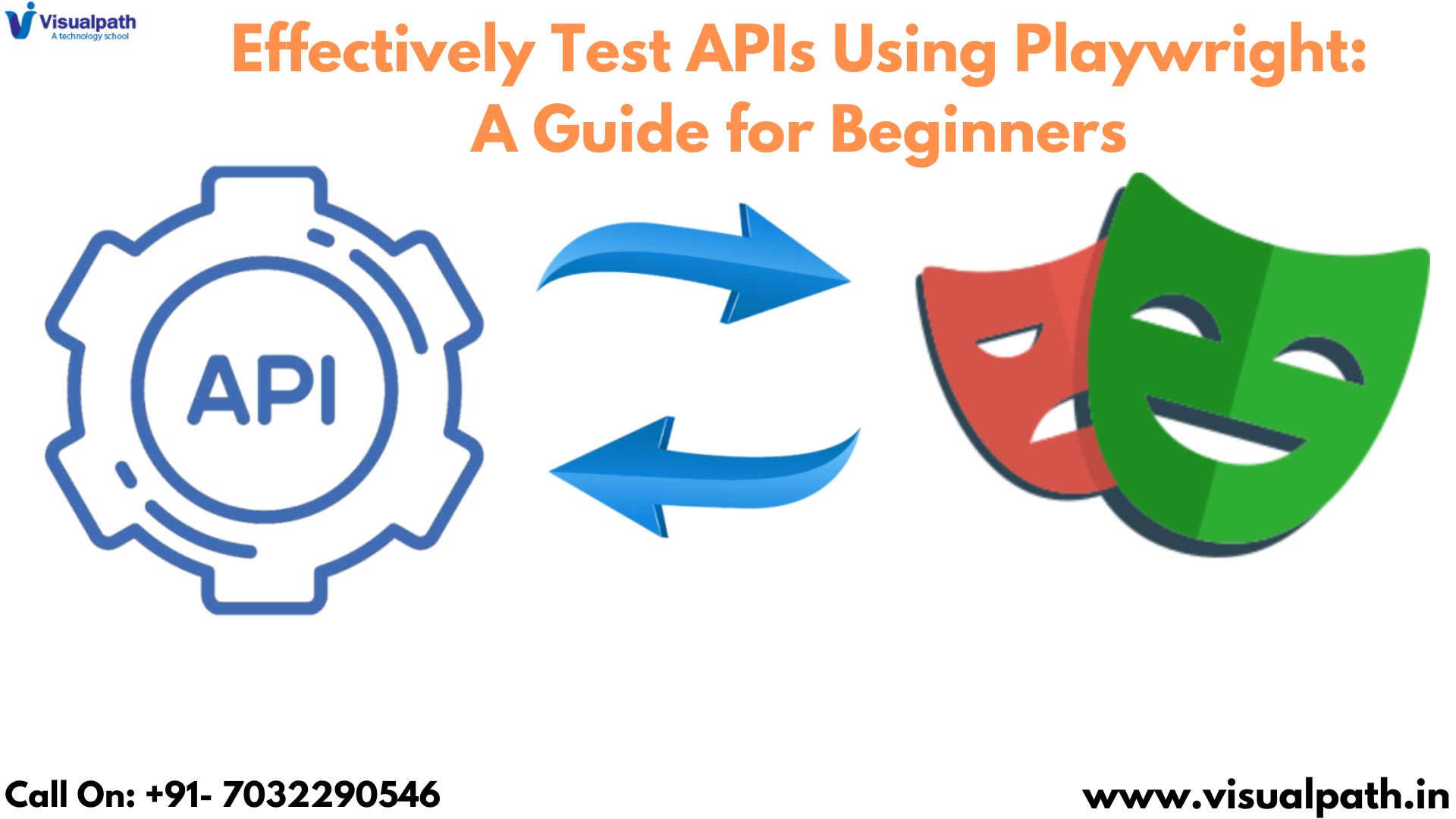PowerApps is a powerful low-code platform that enables organizations to build custom applications quickly and efficiently. However, while creating forms and connecting data sources, many developers and users encounter PowerApps validation errors that can disrupt the user experience and prevent data from being saved correctly. In this article, we’ll explore the root causes, provide troubleshooting tips, and share best practices to avoid these issues in the future. Microsoft PowerApps Training Courses
Understanding PowerApps Validation Errors
PowerApps validation errors typically occur when form inputs don’t meet the rules defined in the app. This could be due to incorrect data types, empty required fields, or failing logic conditions. Unlike traditional applications, PowerApps uses declarative formulas and validation rules that must be configured correctly to ensure smooth user interaction.
For example, if a user submits a form without filling a required text field, an error message will appear. These error messages might be vague if not properly handled, causing confusion for end-users and delays in resolving the issue. PowerApps Training
Common Causes of Validation Errors
One of the most common reasons behind validation issues is improper configuration of the form controls. If you’re using PowerApps forms, ensure that each field has the correct data type and validation rules. For example, using a text input for a numerical field without type checking can lead to unexpected behaviour.
Another key contributor is inconsistent use of the Submit Form () function. Many developers forget to check the form’s valid property before submission. This leads to scenarios where invalid data is sent to the backend, resulting in PowerApps validation errors that are difficult to trace. PowerApps Online Training
Best Practices to Avoid Errors
To minimize validation issues, implement these best practices:
- Use the Valid property of forms to check if all fields meet the required rules before submission.
- Display meaningful error messages using the ErrorMessage property of controls.
- Standardize your validation logic using reusable components.
- Test forms with various input scenarios to simulate real user behaviour.
- Apply server-side validation rules as a fallback.
By following these practices, you reduce the likelihood of encountering PowerApps validation errors and enhance the reliability of your app.
Troubleshooting Techniques
When an error occurs, start by checking the form’s Error and Valid properties. These offer immediate insights into which field is failing and why. Another helpful step is to monitor the behaviour of custom functions used in OnSelect or OnChange events.
If you’re using SharePoint lists or Dataverse as your data source, be aware that schema mismatches or column-level constraints can trigger PowerApps validation errors even if the front-end appears to be correct. Always ensure that your app’s controls match the field types and validation rules of the connected data source. PowerApps and Power Automate Course Curriculum
Using Patch Function with Care
While SubmitForm () handles basic validation automatically, using the Patch function requires manual implementation of all validation rules. This gives you more control but also adds complexity. If you’re experiencing errors while patching data, double-check all field names, values, and ensure they align with the schema.
When using Patch, always verify that required fields are not left blank and that data formats match backend expectations. Misusing Patch is one of the top causes of PowerApps validation errors, especially in advanced apps with custom logic.
Benefits of a Validation Strategy
A solid validation strategy improves app usability, reduces support requests, and ensures data quality. By proactively addressing form validation in PowerApps, you streamline the user experience and avoid costly data errors later on.
An ideal validation setup includes both client-side rules (via control properties) and server-side checks (via data source constraints). This layered approach protects your app from inconsistent or malformed inputs.
Conclusion
Dealing with PowerApps validation errors doesn’t have to be frustrating. By understanding the common causes, applying best practices, and carefully managing functions like Patch and SubmitForm, you can ensure a smooth user experience and robust data handling. Whether you’re a beginner or an experienced app builder, mastering validation is a crucial step toward building high-quality applications with PowerApps.
Trending Courses: Microsoft Dynamics 365 Business Central, Dynamics CRM, Generative AI
Visualpath stands out as the leading and best institute for software online training in Hyderabad. We provide PowerApps and Power Automate Training. You will get the best course at an affordable cost.
Call/What’s App – +91-7032290546
Visit: https://visualpath.in/microsoft-powerapps-training.html



